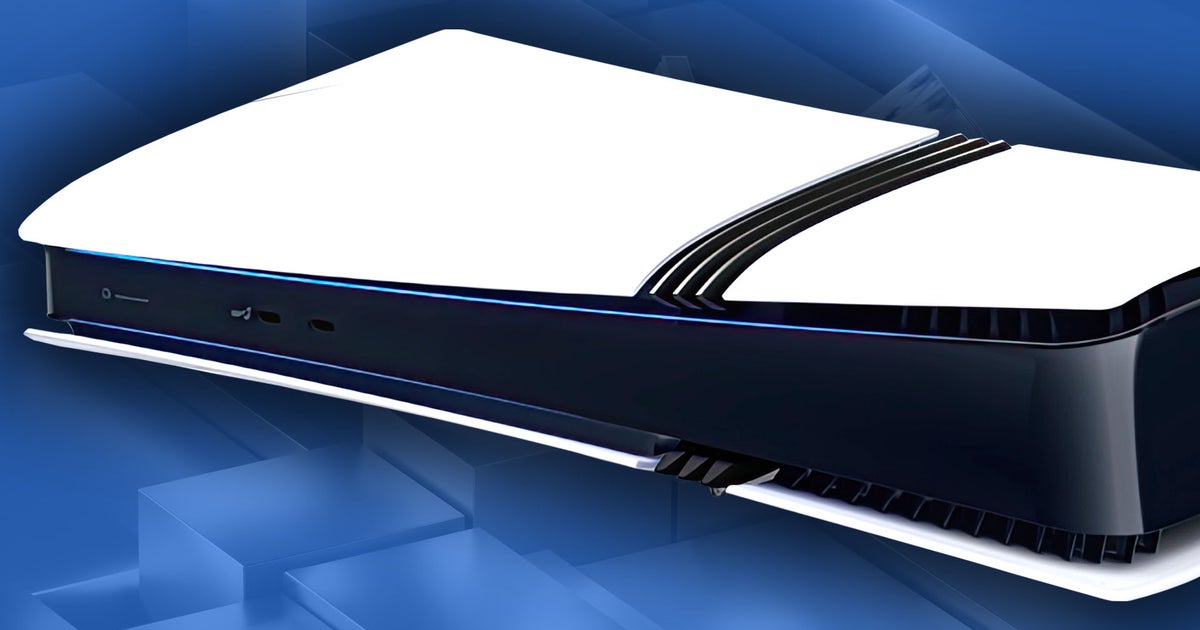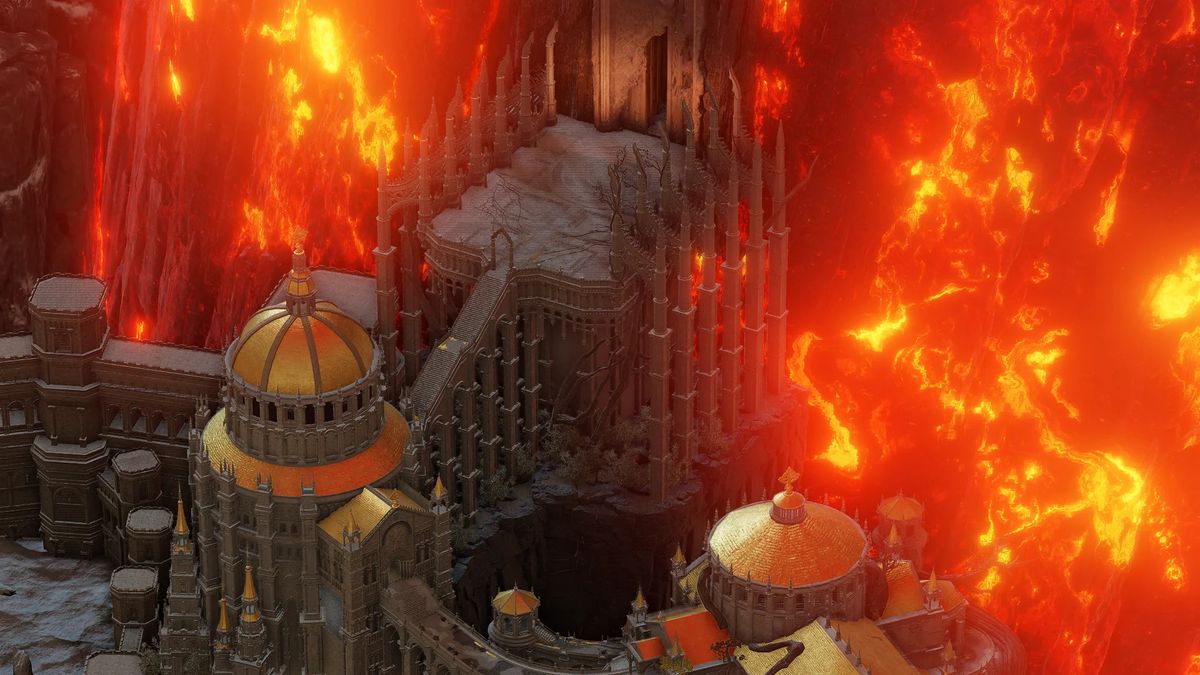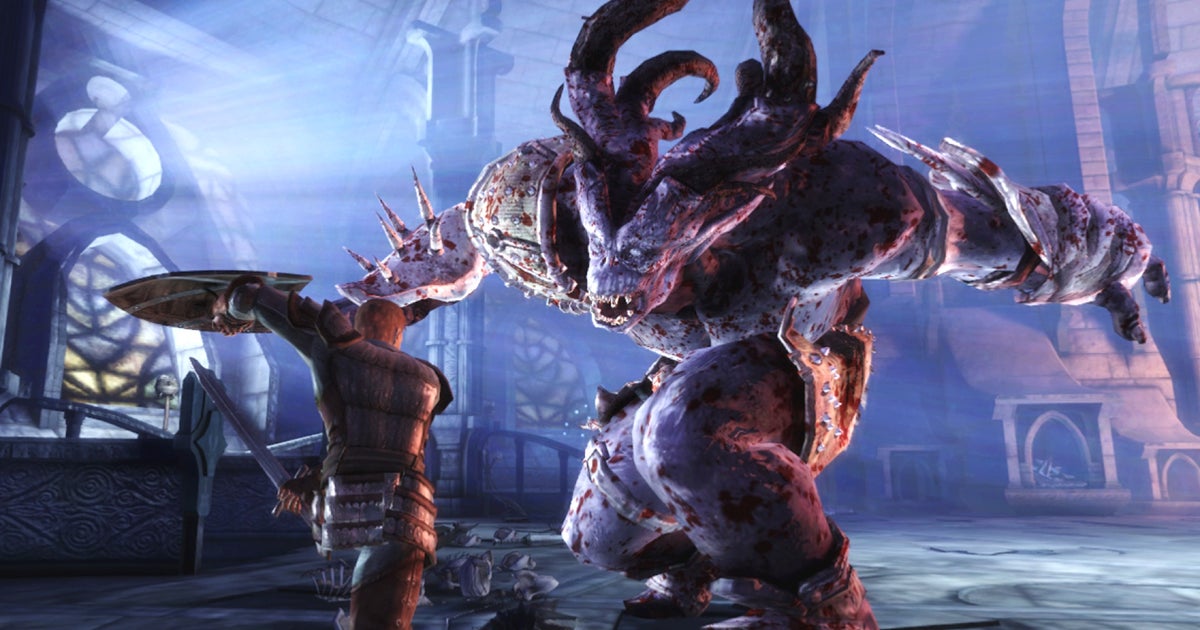A new DF Direct Weekly lands – as usual – today, with the team’s thoughts on the recent State of Play, reaction to the most recent RTX 5080/5090 leaks and, perhaps inevitably, more PlayStation 5 Pro. However, it’s actually a point raised in last week’s Direct that I want to tackle in this week’s blog. Many believe – with some justification – that the PS5 Pro is a step too far and that such a console isn’t needed. In fact, we’ve made the argument ourselves. Looking back at that piece, I warned about higher costs of a Pro console, but also looked at the potential improvements it could bring – all of which have come to pass with PS5 Pro. Microsoft declined the opportunity to follow likewise, but now we have some idea of why Sony has taken a different route and perhaps more of the strategy is now understandable.
Before we get into that though, I wanted to highlight an astute point made by one of our backers of the DF Supporter Program. If you’re invested in the PlayStation platform, if you’re going to skip PS5 Pro but will likely get a PS6, the arrival of an enhanced machine is likely very good news for you.
Let’s rewind to the launch of Xbox Series X and PlayStation 5. A fundamental aspect of their appeal was the fact that your existing library of games would carry forward to the new hardware. Microsoft made their plans clear to fans, but the message from PlayStation was confused – and yet, ultimately, PS5 back-compat worked almost as well as the Xbox equivalent. The continuity in game libraries from one generation to the next made the idea of switching platforms a difficult sell, something Phil Spencer himself pointed out.
- 0:00:00 Introduction
- 0:01:16 News 1: Sony reveals new games in State of Play
- 0:14:04 News 2: Horizon Zero Dawn Remastered analysed
- 0:33:17 News 3: New PS5 Pro Enhanced titles announced
- 0:44:48 News 4: Assassin’s Creed Shadows delayed
- 0:55:07 News 5: Dragon’s Dogma 2: how is patch 9 on PS5?
- 1:00:44 News 6: Monster Hunter PC specs spark concern
- 1:14:01 News 7: RTX 5080, 5090 specs reportedly leaked
- 1:35:52 Supporter Q1: Should console generations be extended further?
- 1:42:44 Supporter Q2: Will the upcoming Microsoft handheld rely on FSR 4?
- 1:45:57 Supporter Q3: Would the Series S/X divide be fine if the S came with more memory?
- 1:53:47 Supporter Q4: Is there a difference between analysing provided footage and footage you captured yourself?
“We lost the worst generation to lose in the Xbox One generation, where everybody built their digital library of games,” he said. “I see a lot of pundits out there who want to go back to the time when we all had cartridges and discs, and every new generation was a clean slate, and you could switch the whole console share. That’s just not the world we are in today.”
Another point of commonality between PlayStation 5 and Xbox Series X was that their backwards compatibility prioritised support for their mid generation console upgrades. PS5 ran PS4 Pro games, while Series X opted for the One X codepath. At a stroke, owners of the new consoles designed for 4K displays had access to great-looking software that often presented with very impressive upgrades over the base equivalents. Not only that, the extra horsepower of the new hardware was brought to bear on those older games – more stable performance and increased quality in games with dynamic resolution scaling and unlocked frame-rates.
One can imagine that the same thing will happen again with PlayStation 6 – it will take all of the upgrades from PS5 Pro and offer the same kind of cumulative improvements. Well, we would hope so. The idea does rely somewhat on a robust form of back compat that allows for all the power of the new machine to be deployed on old games – so taking a look at PS5 Pro’s ‘Game Boost’ mode for older titles is going to be indicative of whether this is possible. If you’re wondering why there’s doubt here, PS4 Pro’s boost mode was only a small improvement, while PS5 mirrored certain elements of PS4 Pro’s architecture, which may have made enhanced performance more easy to attain. PS5 Pro does not have as many commonalities. First order of business will be to test Elden Ring, which has unlocked frame-rates across all modes: if the boosts are in line with the 45 percent increase in performance mooted by Sony for its GPU, it makes the chances of future PlayStation hardware being able to do likewise more viable.
That’s one aspect of how a PS5 Pro may benefit people who aren’t actually going to buy the console – better versions of the games you own in the years to come – but now we need to look at the overall strategic advantages for Sony. On the face of it, the idea of releasing a £699/$699 console doesn’t sound like a particularly good idea, after all. However, the Pro innovates in the console space in a way that is essential for the hardware to come. The combination of CPU and GPU is now joined by machine learning silicon.
PS5 Pro has demonstrated that the opportunities to increase console performance and features by simply producing faster, more complex CPUs and GPUs is now over. For a $100 price premium, Sony doubled the size of the PS4 GPU in making PS4 Pro. Today, with PS5 Pro, a $250 price premium (over the equivalent digital base model) cannot do the same. Sony is achieving similar, if not outright superior results, by adding machine learning silicon and amplifying graphics via AI hardware. It has also allowed Sony to add in enhanced ray tracing capabilities into what must surely have been a very tight silicon budget.
I can tell you right now that whatever consoles come from Sony and indeed Microsoft next, they will be following a similar strategy at the base architectural level. Cost per transistor is not what it was, and with consoles more than any other gaming devices, silicon costs are crucial. Gigantic increases in the size of the GPU especially are unlikely to happen, but with AI, we’re only just beginning. As proven time and time again by Nvidia’s innovations in the space, machine learning hardware offers a gigantic return on investment – but getting to where Nvidia is now requires two things: investment and patience.
Looking at the criticisms of PS5 Pro today, I am reminded of the massive backlash against Nvidia’s RTX 20-series products based on the Turing architecture back in 2018. The products were pricey, nobody bought into the AI narrative, ray tracing was derided. And yet today, DLSS upscaling has proven to be one of the most transformative technologies in the PC space – a desired feature for users and coveted by the competition. Ray tracing? With smart technological innovations, an immense level of investment in software like ReSTIR and strategic partnerships with key game makers, Nvidia brought actual path tracing to triple-A games.
None of this happened overnight and yet Nvidia has now effectively defined the direction of travel for graphics innovation and consoles need to catch up. And that’s where PS5 Pro comes in. Sony has taken the smart path here, delivering the custom silicon required where AMD did not seem to have any, while at the same time developing PlayStation Spectral Resolution (PSSR) on the software side. We’ve now been ‘eyes on’ with PSSR across a range of games and while there’s still work to be done in improving it, it’s a big leap beyond existing upscaling solutions. But we shouldn’t forget that the machine learning hardware isn’t just a fixed function AI upscaling block – it can be used for all manner of tasks. PSSR delivers the biggest bang for the buck, but it’s just the beginning.
We are looking at such a big change here that absolutely we should be looking at PlayStation 5 Pro as the console that sets the ball rolling for Sony in an area of crucial importance. I’d even venture to suggest that PlayStation 6 may even need PlayStation 5 Pro to exist for this evolution to happen. Sony’s technology groups need time to develop technologies like PSSR and to ship them and to refine them. Meanwhile, developers need to grow accustomed to these technologies instead of simply focusing on them for their PC games.
Sony is obviously not alone in these endeavours. Switch 2 will ship in 2025 with RT and machine learning silicon in its T239 processor and unlike Sony, Nintendo has the benefit of tapping into Nvidia’s existing technologies. And then there’s Microsoft. Xbox president Sarah Bond has talked about gen 10 delivering “the biggest technological leap ever in a generation” and I’d put good money on this referring to machine learning-based technologies as opposed to a wallet-busting gigantor-class GPU.
We’ve already seen Microsoft’s Auto SR upscaler come out of nowhere and in putting together our coverage, I was surprised at Microsoft’s willingness to talk to us about it and there were some follow-up conversations after we went live with it. Auto SR is impressive within its limits, but it’s easy to imagine that a more robust DLSS-like solution is in development for future hardware too (Auto SR as-is could be deployed for back compat though).
Going back to PS5 Pro though, we’ve now seen enough of the machine to say with some level of conviction that it does what Sony says it does – but more than that, with titles like F1 24, there’s evidence that those that target the hardware specifically will see much bigger boosts than simply ‘fidelity mode at 60fps’. PS5 Pro doesn’t answer the value question conclusively – not yet – but it’s delivering clearly superior results to base hardware. More holistically though, today’s added enhancements may well be laying the foundation work for the viability of 10th generation console hardware – and in that sense, its importance shouldn’t be underestimated.
fbq('init', '560747571485047');
fbq('track', 'PageView'); window.facebookPixelsDone = true;
window.dispatchEvent(new Event('BrockmanFacebookPixelsEnabled')); }
window.addEventListener('BrockmanTargetingCookiesAllowed', appendFacebookPixels);












Leave a Reply